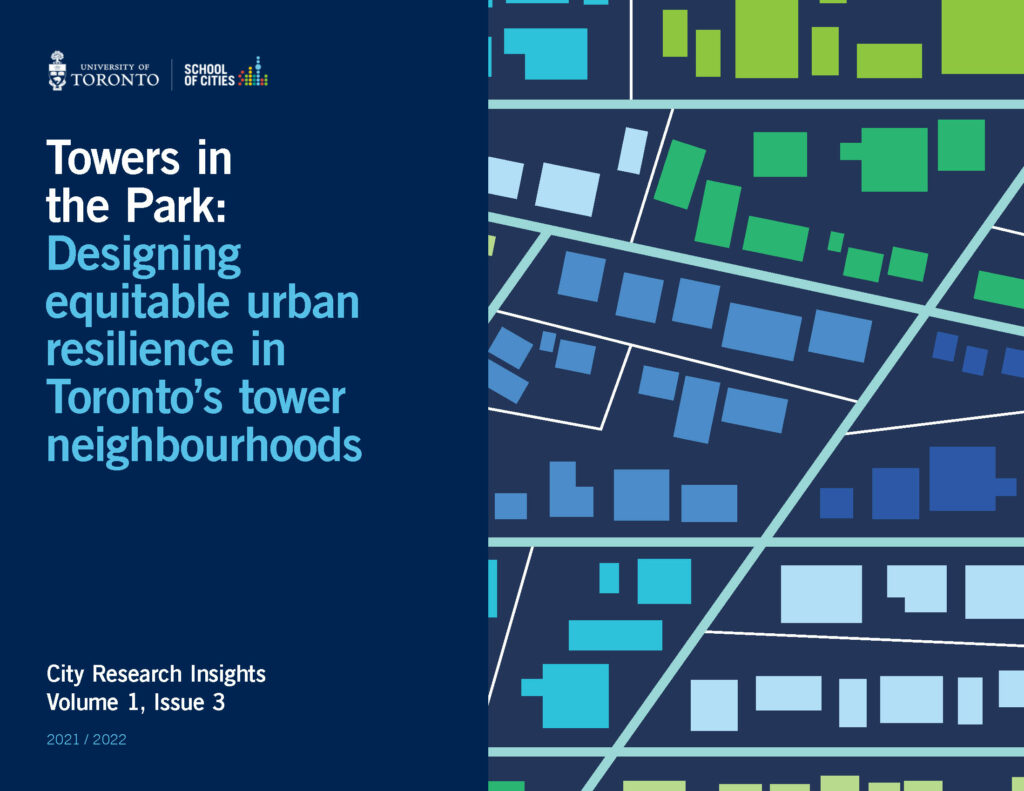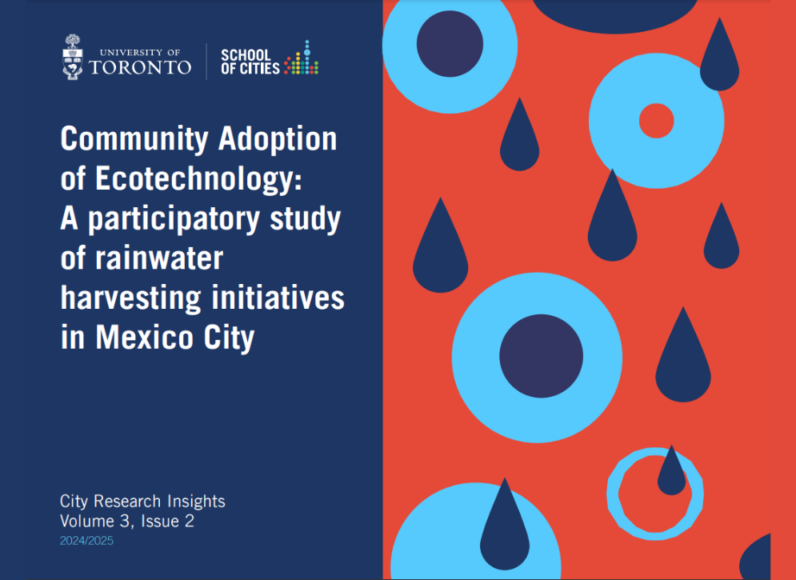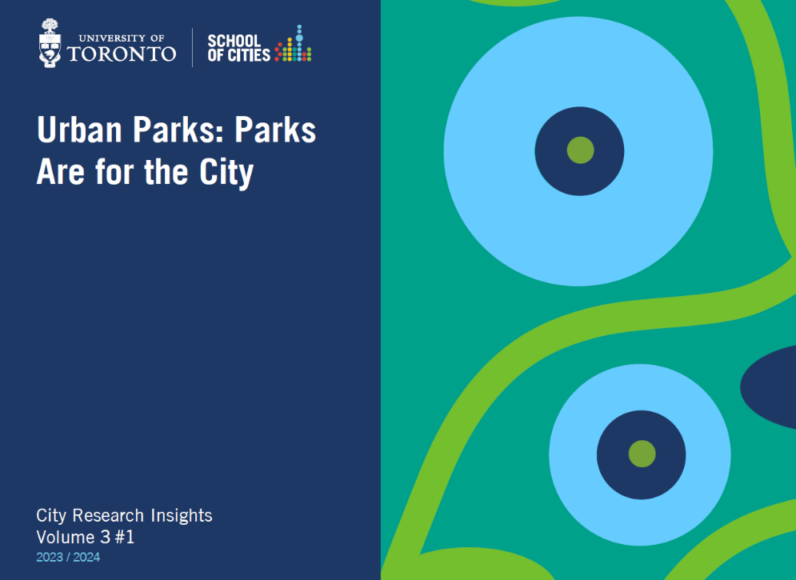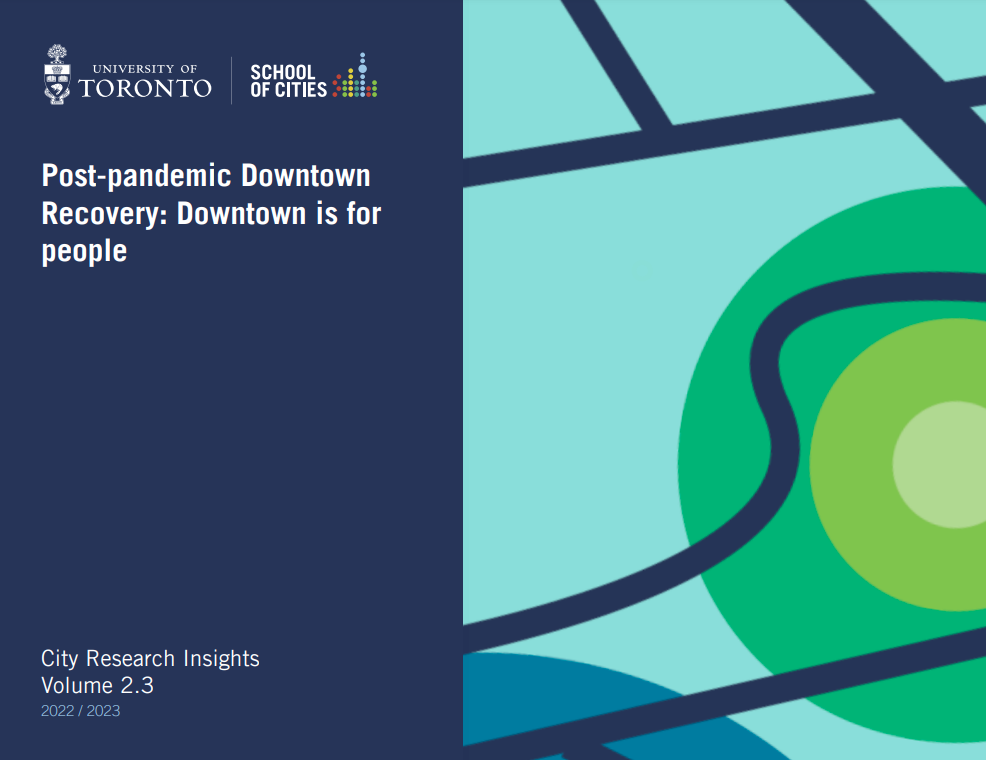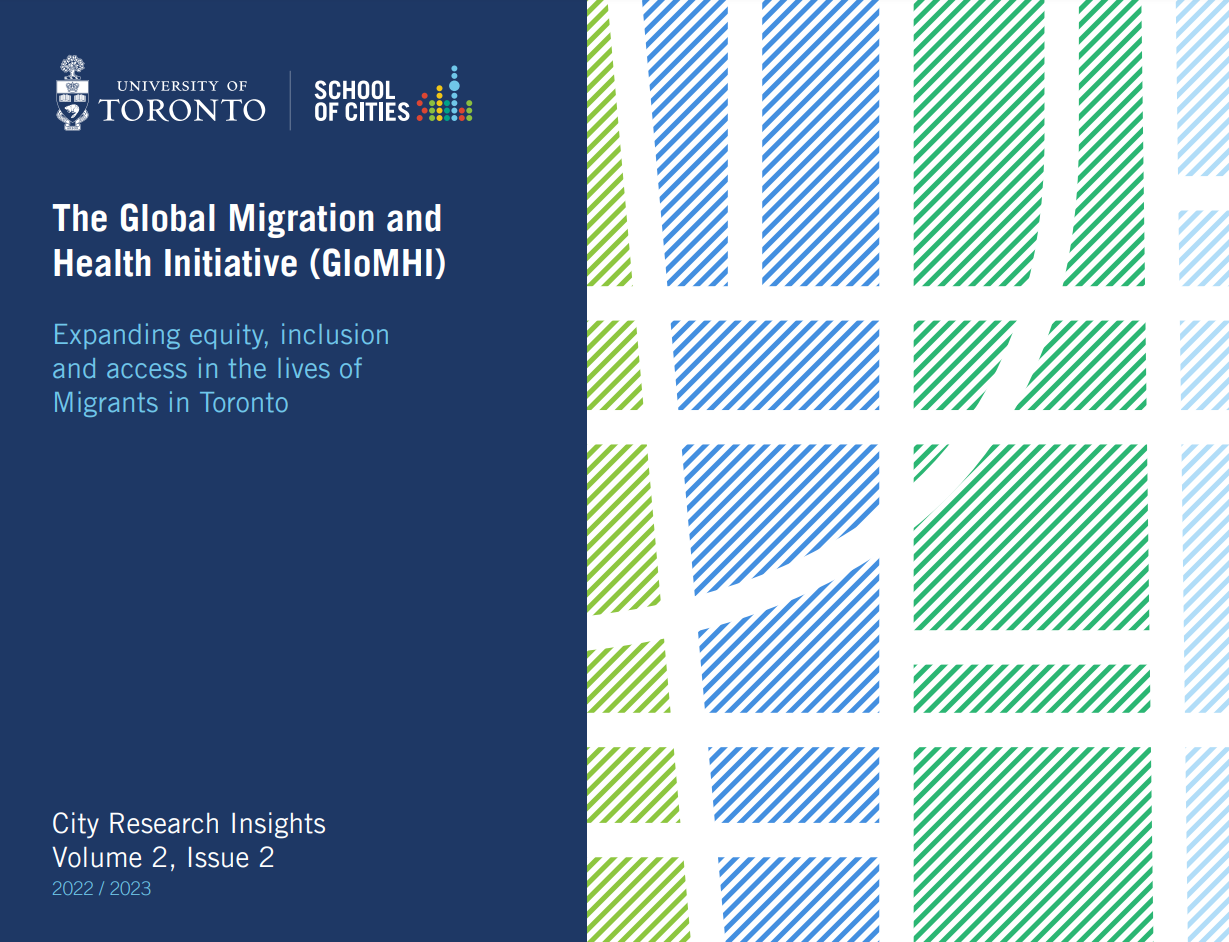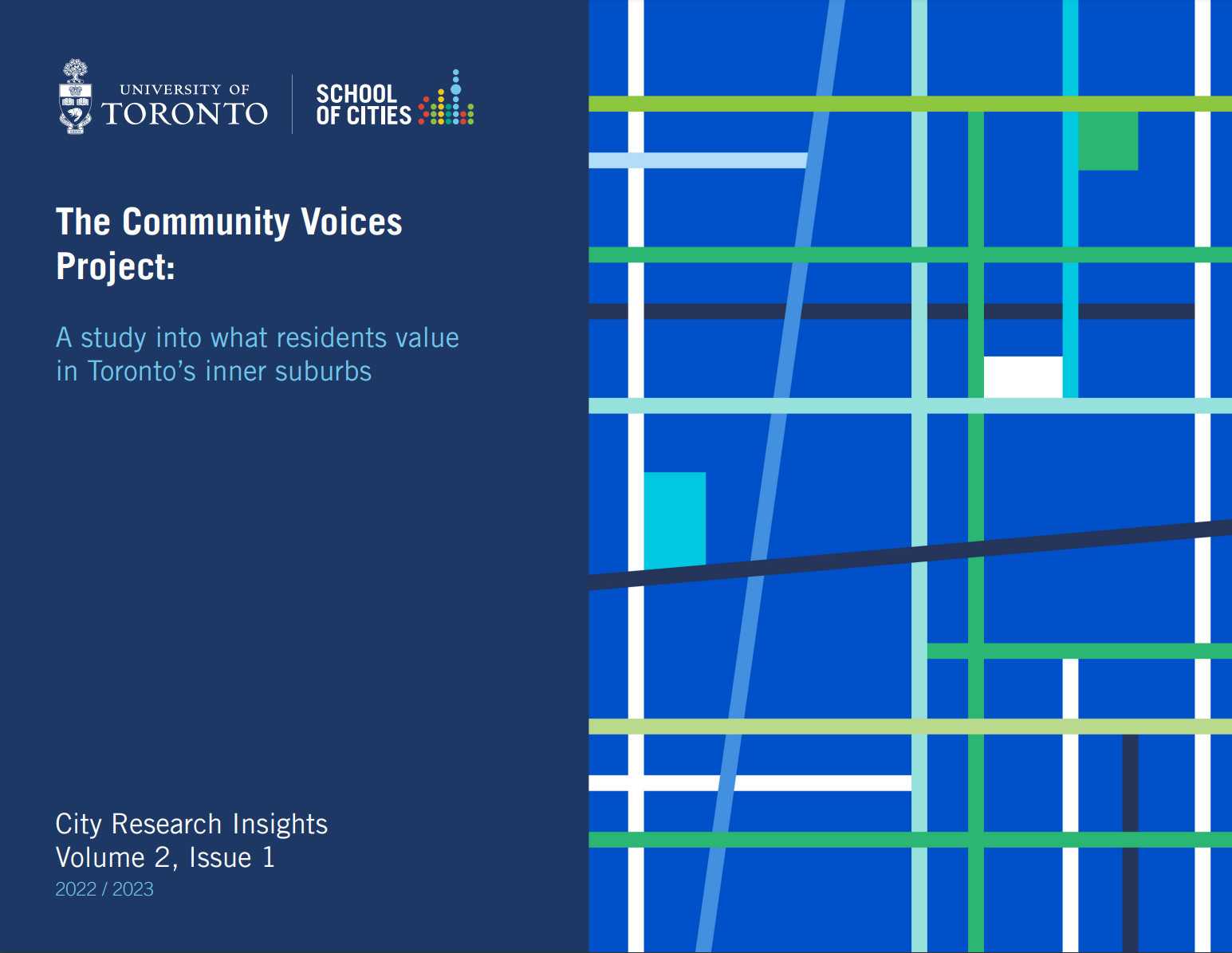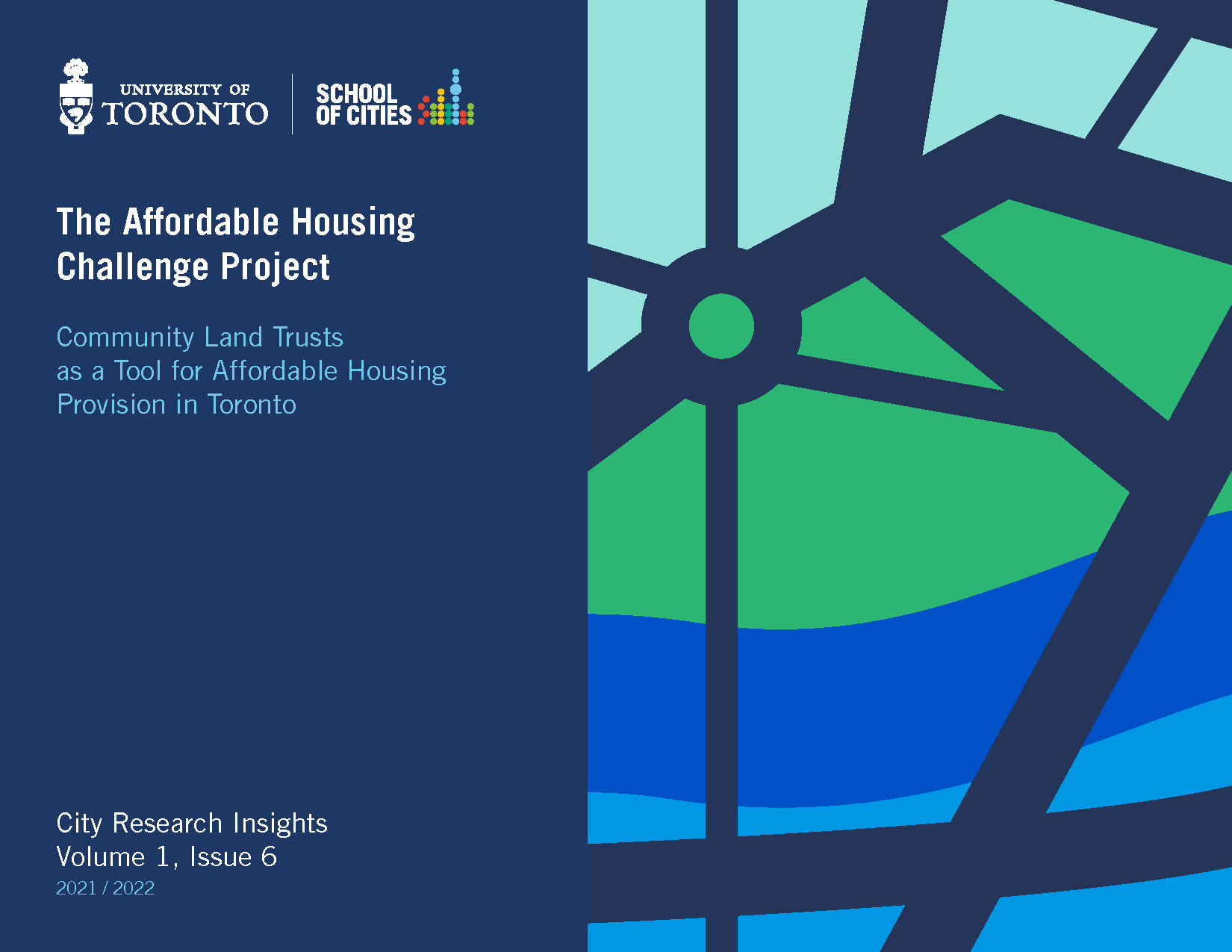Meet the expert behind this issue: Fadi Masoud
- How does this initiative complement the City of Toronto’s resilience strategy? How involved is the City with this work?
The City’s Resilience Strategy identified Tower Renewal as the foremost Priority action objective to ensure Toronto’s resilience. This is because it clearly sits at the intersection of socio-economic and climate pressures.
- How has collaboration through the School of Cities enabled you to advance this initiative?
Without the School of Cities this project would not have been possible. The Urban Challenge Grant provided the space and time for interdisciplinary teams and stakeholders to tackle a project of shared interest. It was hard work to find a common language, thread, and set of objectives, but the ability to exchange and explore overlaps was an extremely enriching experience that is just beginning.
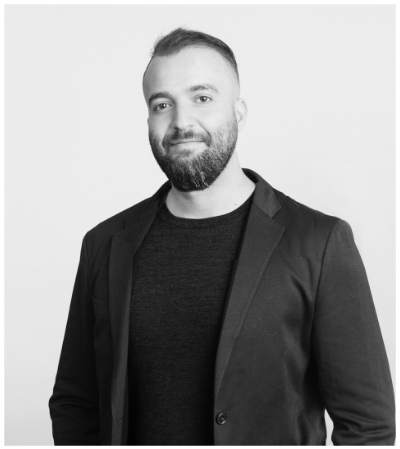
Without the School of Cities this project would not have been possible. The Urban Challenge Grant provided the space and time for interdisciplinary teams and stakeholders to tackle a project of shared interest. It was hard work to find a common language, thread, and set of objectives, but the ability to exchange and explore overlaps was an extremely enriching experience that is just beginning.
- What kind of a role do you see for community members as this work advances?
Community members should be the drivers of what needs to change, but it is the landlords’ and the City/ government’s responsibility to act and deliver. The power and financial balance for true climate action is in their hands. As academics we will continue to co-create projects and knowledge to help communities mobilize action, including arming them with additional tools and information, as well as design strategies and recommendations where needed.
- Are there any comments from the community participants that really stood out for you?
There is a deep embedded knowledge in how communities see and understand their surroundings. Different people from different parts of the world, ages, and walks of life think about climate action in different ways and in different time-horizons. Finding a way to synchronize our understanding of the situation, needs and objectives of different stakeholders while mobilizing action is a difficult but crucial act.
- As this is just the beginning of a new way of seeing these previously-overlooked and neglected spaces (and their significant potential to support equitable resilience), how do you see this initiative rolling out over the long term?
In addition to the need for landlords and the City to act and deliver, the City’s Parks Forestry and Recreation and Toronto Regional Conservation Authority should work with Tower Renewal to understand the linkages between private/semi-private open space and public parks and ravines. This would establish stronger connections between all green open spaces, public right of ways, and community spaces to work towards this idea of equitable resilience (by increasing access, protecting green space, and ensuring the proper design and programming of these spaces to generate community and environmental co-benefit).
- Do you have a few favourite examples of how communities have started to use the green/open space adjacent to their homes?
I think this question can be best answered by some of Thorncliffe Park’s residents who organized various events that overlapped religious holidays with other gatherings, such as educational events or outdoor vaccination clinics. They also mentioned that the school drop off and pick up areas are vital community meeting spaces



